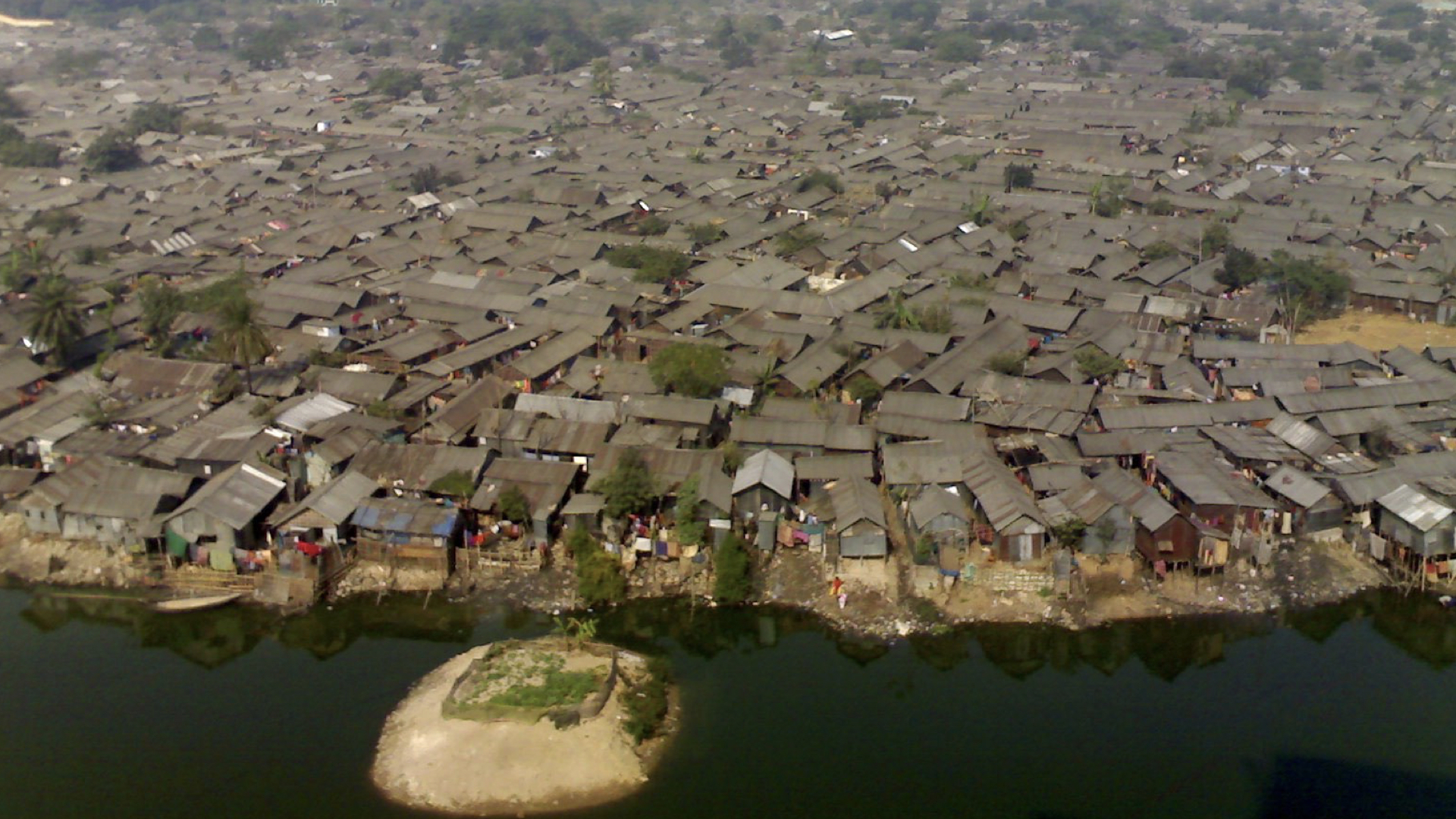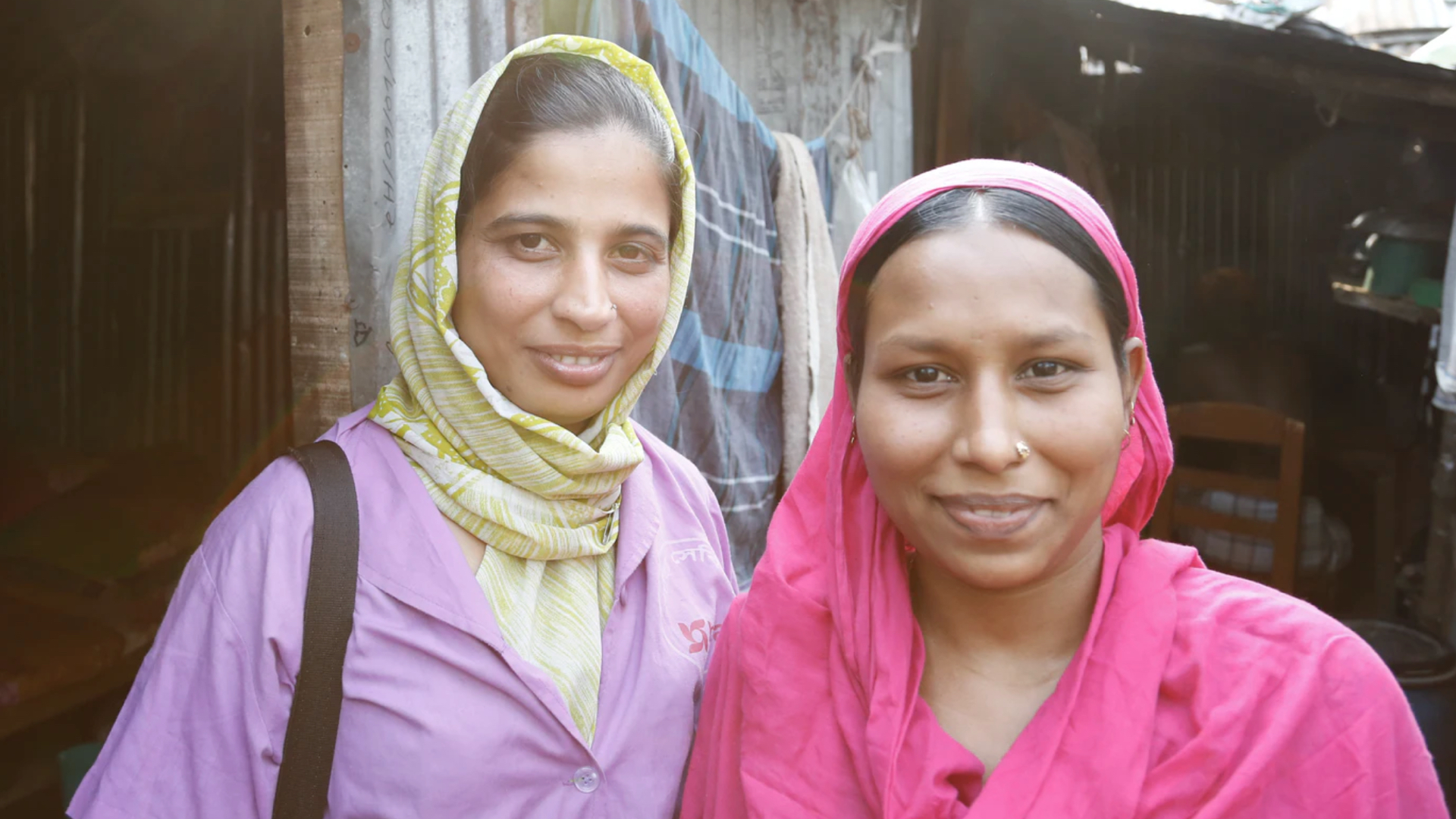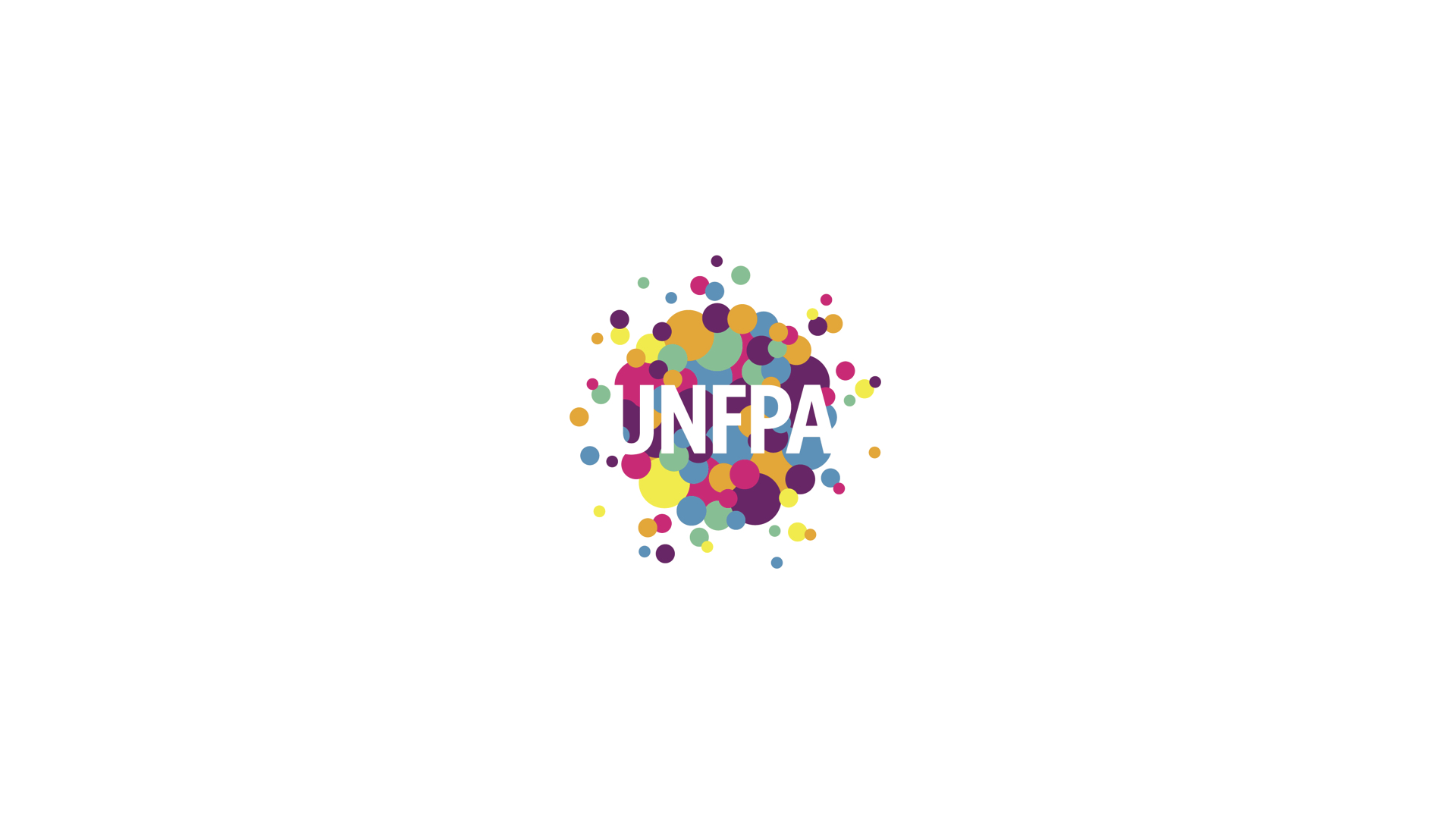The Dhaka connection
The Dhaka connection
Azmal Hossain and Jennifer Stevens were part of the team that developed the app. “Now in Bangladesh, almost 25 per cent of people live in slums,” says Azmal. “Primary health-care services are just not there.”
For more than 20 years, government partners have delivered health care for women in community health centres, but with surging populations there are still women who do not receive adequate care. “We were thinking of something that we could do for the mothers in the slums and that is how we built our ideas,” says Jennifer, technical lead on the project and an experienced midwife.
“The most basic goal was getting women the transportation.”
-Azmal Hossain

More than 80 per cent of women in Dhaka slums have normal births without complications. However, in the complex cases, every moment counts in getting the mother to the hospital. “That was our key population; those rare births, that two out of ten that might need a higher level of care and be referred to hospital,” Azmal says.
Designing the project from the point of view of the mother helped them to identify the main barriers to accessing services. “The most basic is getting them the transportation,” says Azmal. “We looked at that idea, and we really wanted an app because everybody is very keen on the vision of ‘Digital Bangladesh’.”
"Sometimes, at 3 a.m., nobody would respond. So the midwife might have to go out in the street and look for a driver out there to take the family to hospital.”
-Jennifer Stevens
The project began by conducting consultations with midwives, mothers, drivers and hospital staff. The sessions helped uncover gaps in the existing, piecemeal system. “On transport, there was a list of drivers who the midwife would call,” Jennifer says. “Sometimes, at 3 a.m., nobody would respond. So she might have to go out in the street and look for a driver out there to take the family to hospital.”

The informal settlements around Dhaka are labyrinthine and impassable for cars or ambulances. That became part of the project design. “In some countries, they identified systems like this and used existing Uber apps or things like that, which were not options for us because you can’t get a car into the slums,” Jennifer says. “We’re talking bikes and rickshaws with drivers who know the neighbourhood.”
The app identifies a pool of drivers for each patient who will be on call and who are familiar with the locations of the family’s home, health centre and hospital.
Azmal says that streamlining transport was a major part of the project but points out that improving patient information transfer was the other big step forward that the app facilitated. Jennifer says, “We can put a lot of patient data in and then strengthen the communication between the health-care provider in the slum and the hospital, so that, once the driver does pick the woman up and get her to the hospital, they are prepared and ready because they are expecting her.”
Reducing the time lost looking for drivers, tracking down patient files, testing for blood types – all these improvements increase the chances of survival for mothers and their babies.
Azmal points out that, while there’s a tendency in innovation projects to come up with ambitious plans, it’s important to focus on the core outcome: maternal and child survival. “We had a lot of ideas about how this app could help strengthen the system and it would be wonderful to expand on those moving forward,” he says. “But we had to really stay focused on contact with a driver and contact with the higher-level facility. Those two things were the most important priorities.”

The State of the World’s Midwifery Report - 2021
Policy Brief: Quality Midwifery Education needs to address Minimum Global Standards
COVID-19 Technical Brief for Maternity Services



